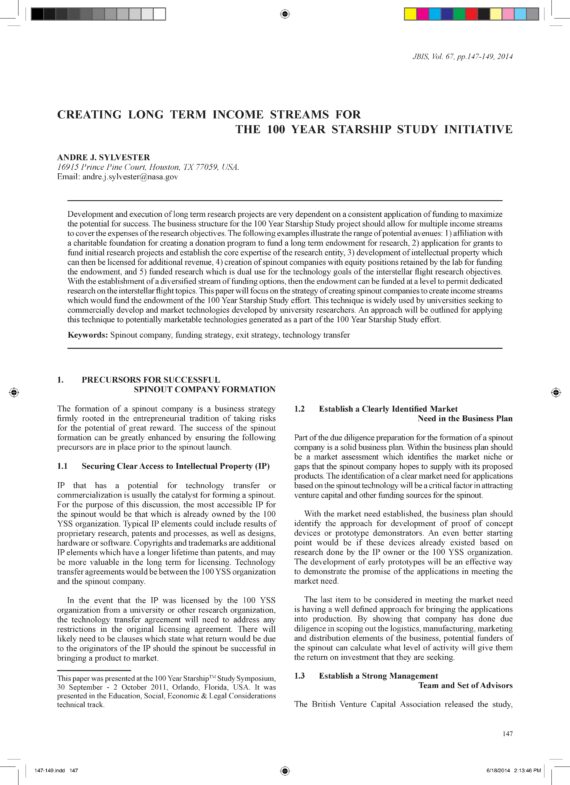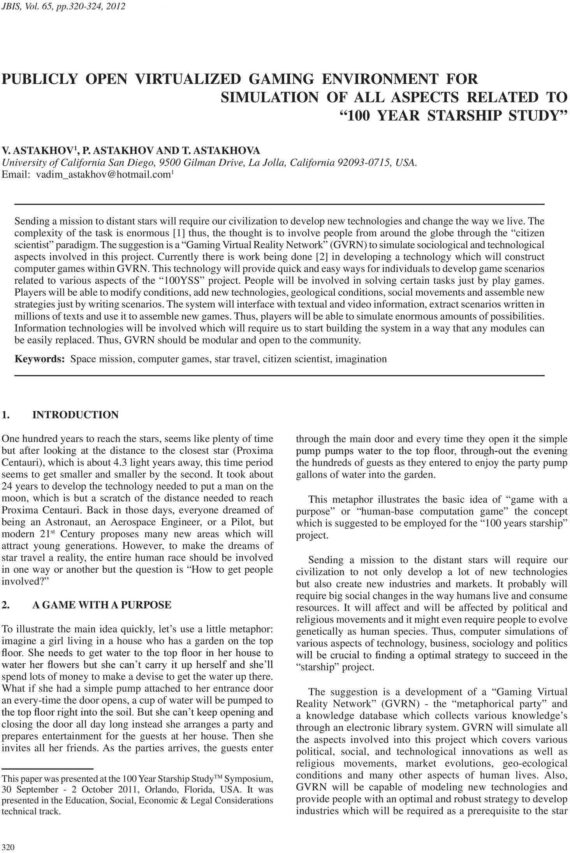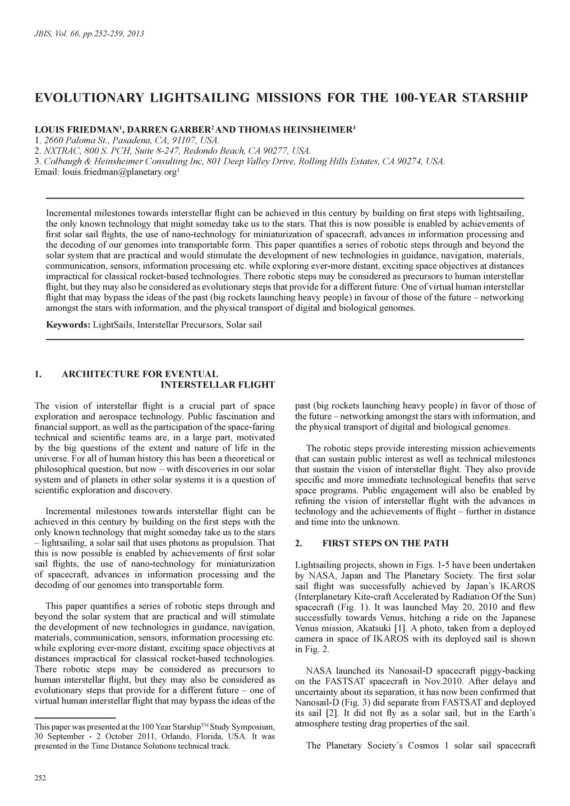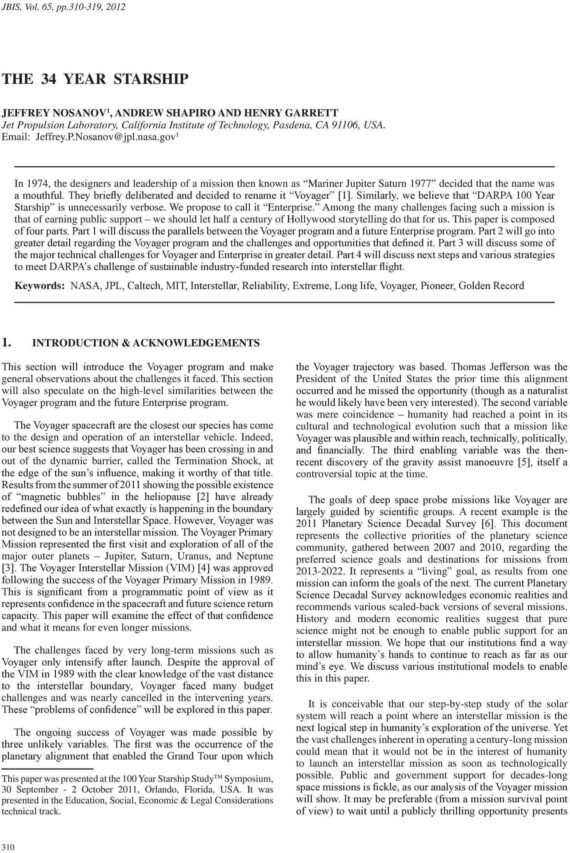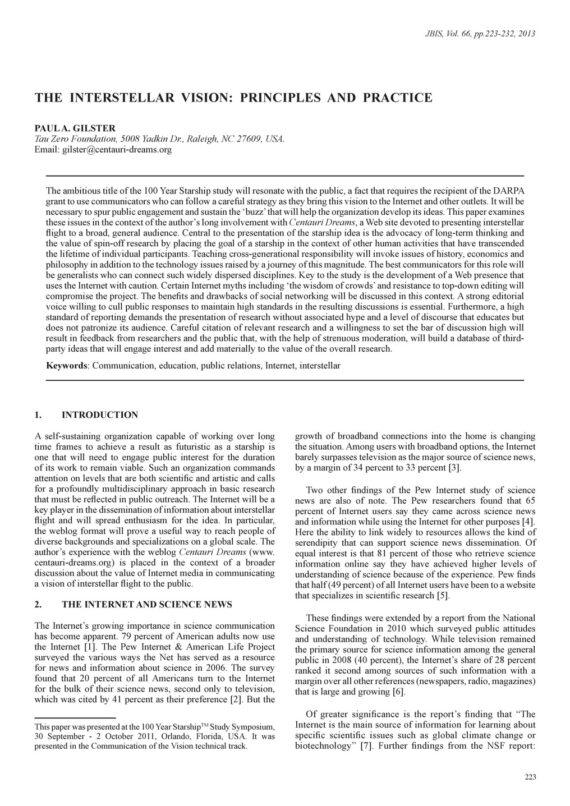Join us online for a live streamed Evening Lecture.
Speaker: Les Johnson, NASA Principal Investigator on the Near Earth Asteroid Scout Solar Sail mission
Date: Wednesday 5th April 2023 at 19.00 BST
A TRAVELER’S GUIDE TO THE STARS: The Possibilities of Interstellar Exploration
With known exoplanets now numbering in the thousands and initiatives like 100 Year Starship and Breakthrough Starshot advancing the idea of interstellar travel, the age-old dream of venturing forth into the cosmos and perhaps even colonizing distant worlds may one day become a reality. Physicist, author, and NASA technologist Les Johnson will describe the physics and technologies that may enable us to reach the stars. He will discuss the latest exoplanet discoveries, promising interstellar precursor missions on the not-so-distant horizon, and exciting new developments in space propulsion, power, robotics, communications, and more. Johnson will take us on a journey through the harsh and forbidding expanse of space that awaits us as he addresses the daunting challenges – both human and technological – that we will need to overcome in order to realize tomorrow’s possibilities. Nature is telling us that traveling to the stars will be difficult, but not impossible, and certainly not for the faint of heart.
Speaker Bio:
Les Johnson is a futurist, author, and NASA technologist. He is a founding member of the Interstellar Research Group, a member of the International Academy of Astronautics, a Fellow of the British Interplanetary Society, a member of the National Space Society, and was accepted into MENSA. Les has written several science fiction novels and multiple popular science, non-fiction books about space and space exploration including his recently published A Traveler’s Guide to the Stars from Princeton University Press. In his day job, Les works at the NASA George C. Marshall Space Flight Center in Huntsville, Alabama where he develops advanced in-space propulsion systems and other advanced space technologies. During his career at NASA, Les served as the Manager for the Space Science Programs and Projects Office, the In-Space Propulsion Technology Project, and the Interstellar Propulsion Research Project.
– – – – – – – – – – – – – – – – – – – – – – – – – – – – – – – – – – – – – – –
The event will be on Wednesday 5th April 2023 at 7pm. Our Speaker will be delivering this talk online on Zoom (for virtual online attendance). This will also be live-streamed to the BIS HQ for in-person audience attendance.
Please note: this meeting will be recorded both on Zoom and from the lecture room. By attending the meeting either virtually, or in-person, you acknowledge your consent to this.
You must register on this page in order to attend, it will not be possible to attend without pre-registration by 17:00 Hrs (UK time) on the day of the event – Tickets are limited, register now to avoid disappointment!
Find out about this and other events on the Events section of the website.
Join the BIS for discounts and FREE Access to selected events and evening lectures – Members and Fellows must be logged in to access their free ticket, and complete checkout to register. If logged in, no payment will be required, however you must still add the ticket to your basket and complete checkout to register.
Please Note: The automatic ticket email feature on our website is temporarily not working, however your place will be registered. We will send you confirmation and online joining instructions shortly after registration in a separate email, and by the registration deadline of 17:00 Hrs on the day of the event for last-minute registrations.
You can also click on the ticket heading below ‘Order Tickets’ on the completed checkout page, and then select ‘print ticket’ to view and print your ticket, as well as access the online joining instructions.
– – – – – – – – – – – – – – – – – – – – – – – – – – – – – – – – – – – – – – –
If you are experiencing difficulty with online access to the members area, wish to check the status of your membership, or having difficulty resetting your members area password (as the automatic reset notification emails are currently not sending), please contact the office on +44(0)2077353160 or email membership@bis-space.com.

